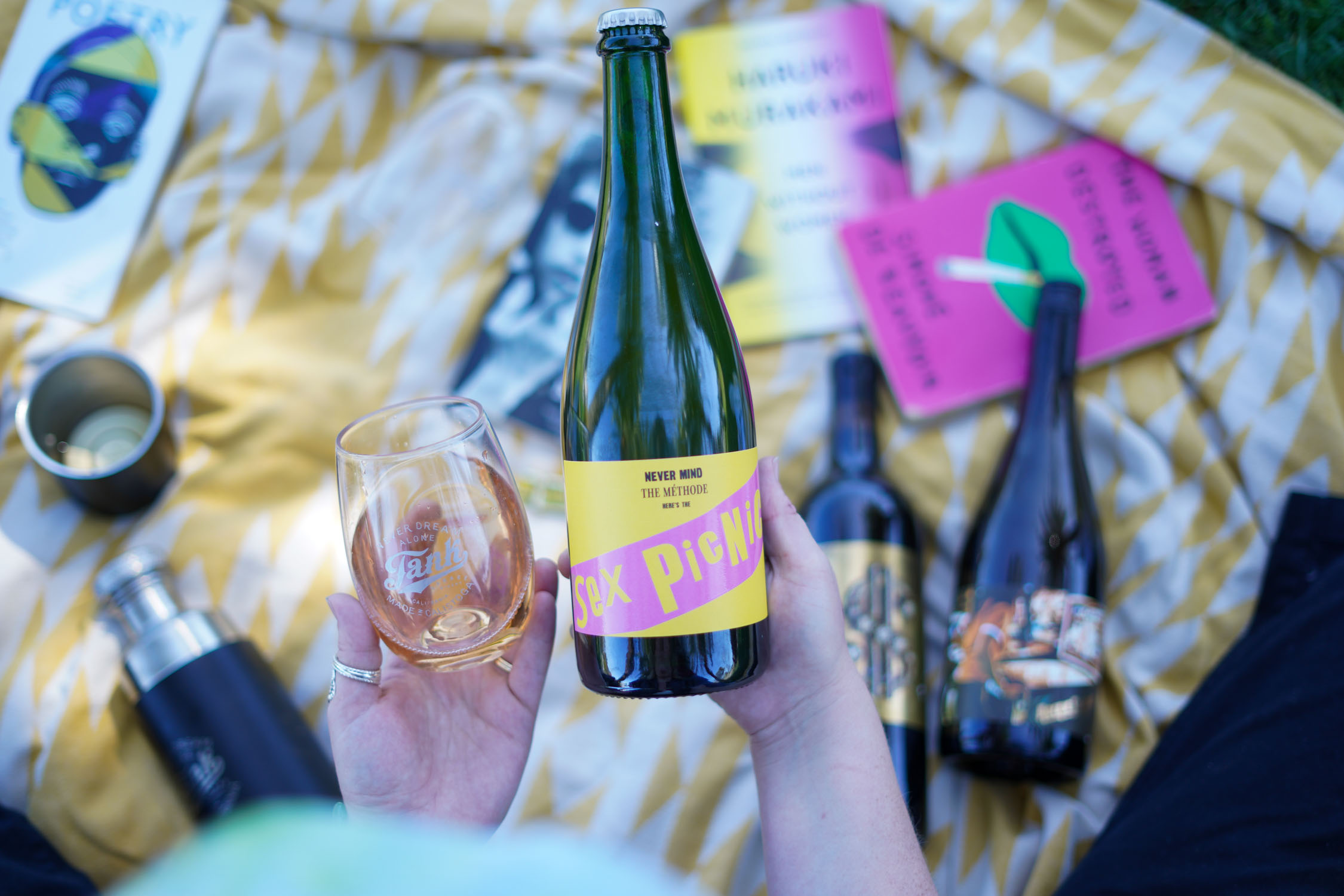You wouldn’t put a crisp packet on a shelf at home. But a beautiful spirits bottle is something consumers want to enjoy and cherish, display on their bar cart or mantelpiece, or perhaps gift.
Either way, whether it’s a $30, $300, or $3,000 liquid, a premium whisky or a craft gin, a spirit is always a considered purchase—a luxury rather than a necessity—and the structural design must reflect that by offering not just a vessel but an experience.
But how does this call for elevated experiences align with the sector’s ambitions to reduce its environmental footprint? The global beverage industry is behind on its goals to cut greenhouse gas emissions by 2030 and 2050. Shifts towards using recycled glass and lightweighting bottles are a critical step towards sustainability targets, but do they compromise the sense of occasion and nod to premiumisation created by thoughtfully crafted, ownable bottle design?














